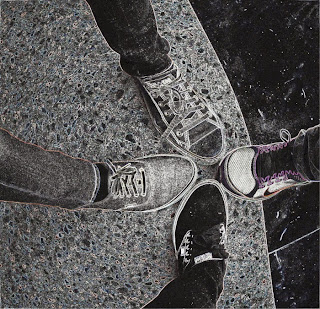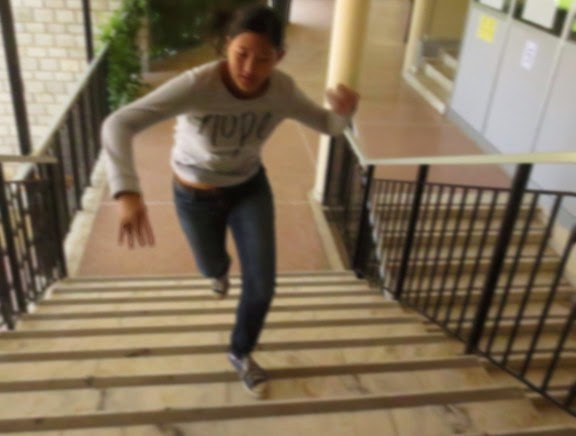For this assignment we had to take pictures with texture. This means it has a certain feel to it.
Texture Photograph 1
This picture has a texture that's kind of rough. It's almost as if you can see how it feels. The angle was straight so the image focused on the texture of that streak that's in the middle of the tree bark.
Texture Photograph 2
This photo was similarly taken of a tree like the photo above, however it is a different tree and the angle of how the photo was taken is different. It was taken from below and and angled to the top.
Texture Photograph 3
This photo was taken of the cap of a sewer opening. The angle makes it look like it has depth, it looks like it is continuing to the top. I edited so that the contrast and brightness would look unique as well as abstract, the colors have silver as well as other colors involved. The texture involves the actual squares as well as the ground next to the squares.
Texture Photograph 4
This photo was taken of a wall outside, you can see the texture of the wall with the lines on the wall. You can see the texture which is rough. You can see a small angle as it goes up to the right corner.
Texture Photograph 5
This photo was captured to show the texture of the leaves. The lines on the leaves show the texture of the leaves.
Texture Photograph 6
This photo was taken of a roof which has many different textures. It captures just the important aspects of the photo and this could be anything because of the pattern, the texture, and the subject of the photo.




































